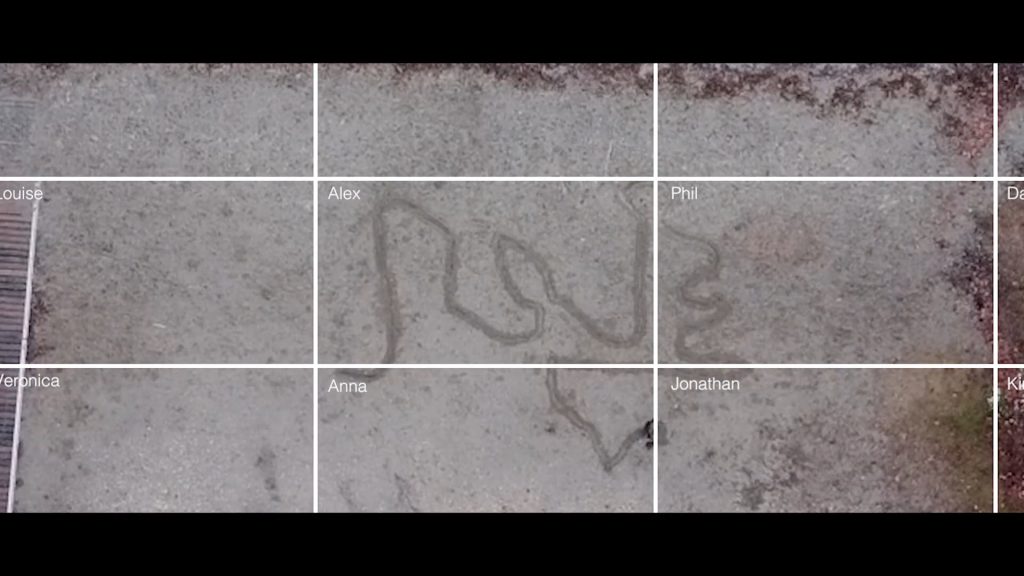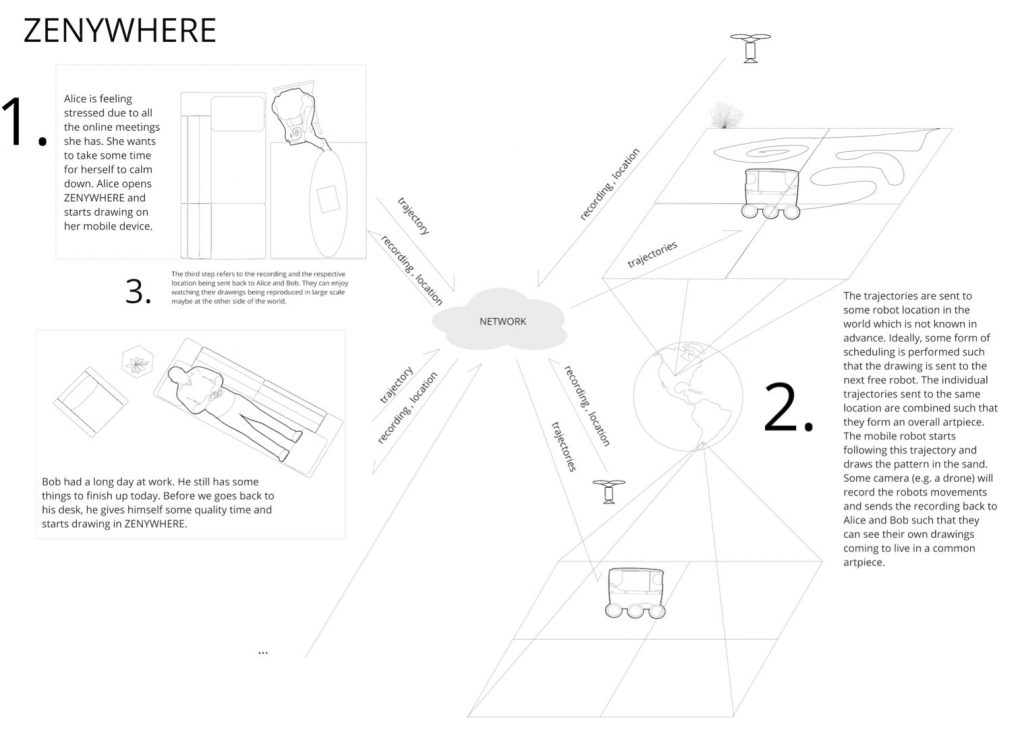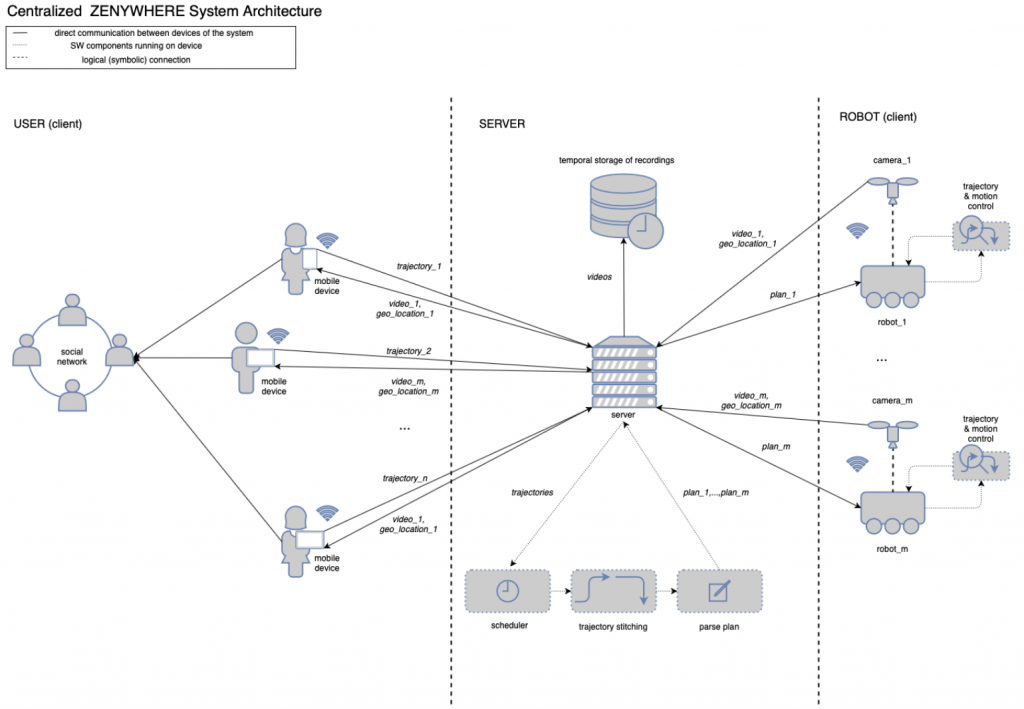Meditation is a practice where an individual uses a technique – such as mindfulness or focusing the mind on a particular object, thought, or activity – to train attention and awareness, and achieve a mentally clear and emotionally calm and stable state. In a global pandemic, various things can cause mental stress, anxiety and the experience of being restless.

The project thrives on the desire to allow for the experience of mental stress relief. What started with a forensic analysis of the verb “To counsel” and included investigating the touchpoints of seeing a psychologist led to the design of an automatic sandbox (similar to a small zen garden), drawing words entered through an app into the sand. Moving from “To counsel” to “To catherize” (derived from the noun catharsis, referring to an emotional release that is linked to a need to relieve internal conflicts that you have), the project then explored the meditative characteristics of the drawing activity. “Photography is an immediate reaction; drawing is a meditation”, as Henri Cartier Bresson once said. In consequence, it changed the focus of the project to mental relief through drawing.

ZENYWHERE allows for relaxation of the mind through drawing: not only on your screen but inscribing the drawing in the world’s most special places. Everyone can access ZENYWHERE through a mobile device by drawing with a finger. The drawing is then sent to a particular remote location in the world where the ZENYWHERE team has placed mobile drawing robots. One of them will plot the drawing at a specific space, which is reserved just for unique person, in the sand. The drawings of others will be stitched with the others. Through the app, everyone can watch their sketch and the ones of others coming to life.”

The ZENYWHERE system follows a centralized architecture where multiple users can connect to a server through the app. The trajectories of their drawings will be sent to a server. Simultaneously, the mobile drawing robots are connected and constantly send a status (free=not drawing, in progress, blocked). Depending on the robots’ status, the scheduler assigns the subsequent trajectory to the free robot. The system combines previous trajectories with the newly assigned ones to create a continuous drawing through trajectory stitching. A planner then derives the robot movement action from this new trajectory and sends the motor commands to the mobile robot. A drone, flying above the mobile robots, immediately sends the drawing process recordings back to the server and then back to the users. Thus, the users can observe the drawings coming to life on a larger scale.
Students: Alexandre Bron, Philine Witzig, Constantin Guichard
Studio tutors: Christina Doumpioti, Christoph Holz, Mikhael Johanes, Frederick Kim, Gianna Ledermann
Professor: Jeffrey Huang
Image credits: MxD